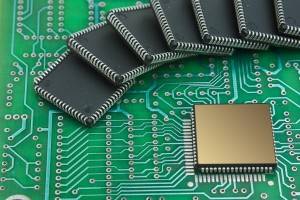Insulators block electric current from flowing. This is useful to protect circuit from short wire or keep us from harmful high voltage. Common insulators around us are air, pure water, glass,
Conductors are those that can conduct electricity. Wires are made out of conductors. They easily conduct electricity and enable us to connect the current from one place to another.
Example copper, silver
Semiconductor is somewhere between conductor and insulator. Depending on the purity, voltage, and even temperature semiconductors can conduct electricity or not.
This makes semiconductors very valuable material for electronics. They can manipulate the current flow.
Superconductors are a novel material that shows zero resistance.
So you can run current through and you won’t lose any energy
Insulator: An electrical insulator is a material whose internal electric charges do not flow freely, and therefore make it nearly impossible to conduct an electric current under the influence of an electric field.
Conductors: A conductor is an object or type of material that allow the flow of electrical current in one or more directions. A metal wire is a common electrical conductor.
Superconductors: A superconductor is a material that can conduct electricity or transport electrons from one atom to another with no resistance.
Semiconductors: A semiconductor is a substance, usually a solid chemical element or compound, that can conduct electricity under some conditions but not others, making it a good medium for the control of electrical current.
In our tutorial, we explain semiconductors theory, types in detail. For its more information click the link below:

The resistance of metals to flow of electricity reduces with decreasing temperature. At temperature near absolute zero, metals have almost zero resistance and become superconductors.
Certain materials, such as silicon and germanium, have electrical resistance intermediate between those of conductors and insulators. These materials are termed as semiconductors.